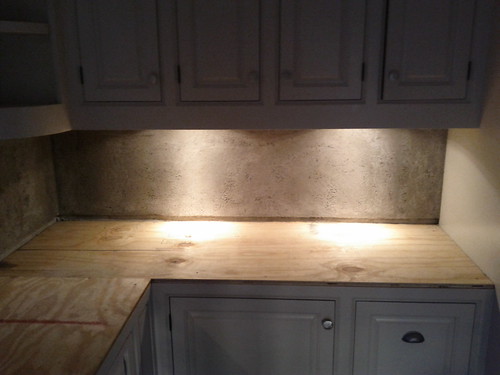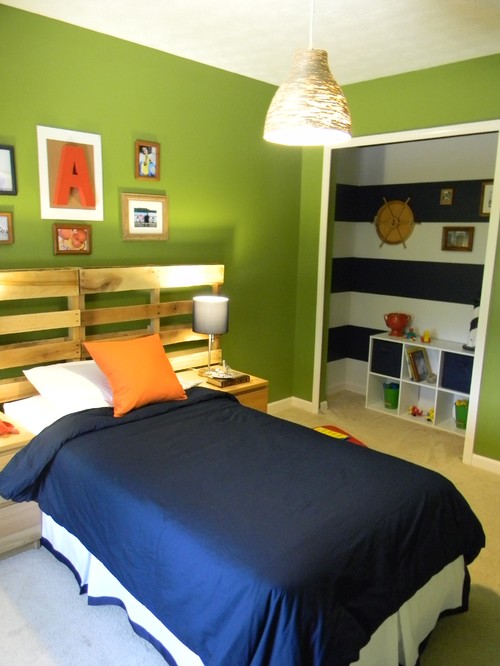If you're like most people,
you would love extra storage space but you don't have the actual real estate to
make it happen. But that's not necessarily true!
One of the most
underutilized spaces in the home is the entryway – whether it's the front door,
the side entrance from the garage, or the back door, the fact remains that the
doorways you use are ripe for storage space renovations.
Think about it: how many
times have you:
- Been late to a meeting or social gathering because you
couldn't find your keys?
- Missed deadlines for paying bills or responding to mail
because you have no means for separating the junk mail from the important
stuff, and you've dumped it all in one pile to deal with a
"later" that never happens in time?
- Tracked dirt through your clean living room because you
haven't created a place to store your shoes by the door and away from
Fido's fangs?
If you answered
"yes" to any of the above, you're in need of a front door storage
space to serve as a "drop zone" for when you stumble through the door
loaded down with items.
Fortunately, fabulous and
functional entryways are within reach.
Foyer Facets
Here are some of the things
you should include in your embellished entryway.
Door Mat: By placing this
inside the house, you can effectively clean paws and pads while keeping your
mats protected from the harsh, ever-present outdoor elements. It's okay to have
a mat inside AND outside (and it reminds guests that you're serious about them
wiping their feet!)
Umbrella Stand: Even if you don't use
an umbrella all the time, avoid the time-consuming hunt when it's pouring by
keeping your umbrella fashionably stored by the front door. Plus, when you get
home, you'll no longer drop the dripping mess on your floor.
Smarter Storage
In terms of the storage
pieces you can use, your imagination is really the limit. Just make sure they
address your needs, and if you are short on space, go with multi-functional
units like these:
- Bench/Trunk Units: These provide a place to sit
down and put on your shoes, as well as a way to keep them protectively
stored inside when you're not using them.
- Dressers with Drawers: Since these are taller
furniture pieces, they serve as a place to drop your keys and mail, plus
they have compartments for storing shoes, upcoming bills, take-out menus
that pile up outside, magazines, etc. Assign the drawers to individual
things and make sure everyone in the family knows what goes where.
- Shelf Ledges with Hooks: Installing shelf units with
hooks provides a flat surface for placing mittens, hats, and leashes, in
addition to offering a means to hang up jackets, keys or even umbrella
handles.
Entryway Extras
Depending on your
individual needs, you might also consider including some of these aspects of
storage/functionality in your drop zone.
Wall Clock: If time is money, we
could all do with a bit more of it! Help yourself out by placing a decorative
wall clock near your storage setup so that you're more likely to stay on track
and on top of that valuable commodity that is so easy to lose.
*Tip: If you are always running
late, set your clocks ahead (anywhere from 10-30 minutes) so that whenever you
glance at it for the time, you will pick up the pace. Subconsciously, you'll
register that you're running late (as usual) but the difference now is that you
won't actually suffer the consequences because you'll always be on time!
Mirror: Mirrors are fabulous
front entry pieces for at least 3 distinct reasons.
- They enhance the spatial feel of a room by reflecting
whatever light is available and bouncing it around the space. For many
people, the entry is relatively dark once the door is closed, so any help
you can get in the lighting department is great.
- They double as wall art – no matter the size or level
of decorative embellishment, they effectively utilize that oft-overlooked
wall space.
- You always have a means to check your hair or your
teeth before heading out the door!
Lamp: And on the subject of
bright ideas, add a table or floor lamp to the front door drop zone.
Lamp lighting is necessary
when you have no overhead lighting available – you need to see when you walk
through the door! Not only does it enhance the safety aspect of coming home (you
can see immediately if something is amiss and you're by the front door for a
quick exit if necessary), but if you have pets and children, turning on a light
prevents tripping over and bumping into the little entities at your feet.
At the same time, having a
lamp is a nice alternative when you do have overhead lighting. By selecting one
with dimmer capabilities, you can choose just the right amount of ambience to
illuminate your newly equipped storage spaces.
What are some of the ways
you've created fabulous and functional storage spaces around your home
entryways?
__________________________________________________
Jessica Johnson works
for www.extraspace.com and contributes to the Extra Space Storage blog, exploring various aspects
of organizing and storing possessions.
Big thanks to Jessica for contributing to the blog today... Hopefully we'll see her back soon with more great info!
































